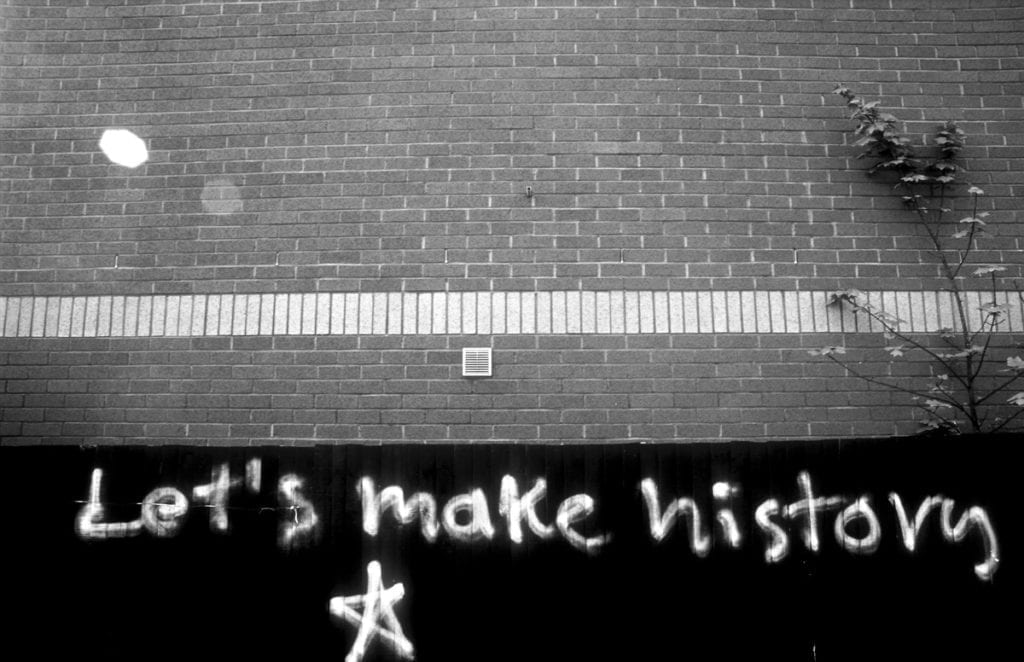The fun part of making a photobook is deciding which images to show and how to arrange them in book form. Getting this right is crucial to a book’s success.
Equally important, however, is thinking about how to fund the production costs, says Dee-Anna Chorney, digital manager at Bob Books. “How will you manage the logistics and cash-flow, and do you have the funds to pay for a large order up-front, a place to store the books, and a method of sales and distribution?” she asks.
“With Bob Books, you can test the waters by taking advantage of our print-on-demand online bookshop… Books are printed as they are purchased so there’s no cost to you other than the original copy. Just keep in mind that you will still need to work hard at promoting the book to keep sales coming through.”
For fine-art photography consultant Mary Virginia Swanson it’s vital to be savvy about the business side of making a photobook from the get-go.
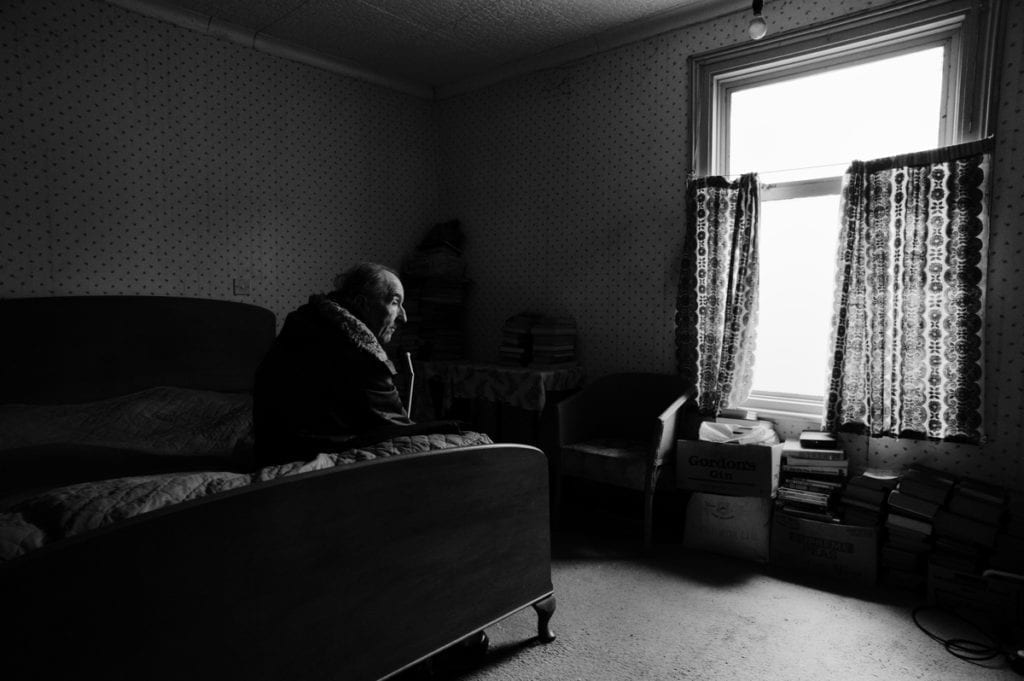
Swanson recommends setting up a dedicated website as early as possible, with information about your project and book. This is especially helpful if your project taps into a subject that has the potential to draw in a large audience beyond the photobook world, she says. “Have another website where people can go from your home website,” she says. “Or, if people have heard of the book but don’t remember your name, they can find it [by Googling it].”
She suggests brainstorming what you can do to generate momentum around the book before and after it’s been published. This could be a travelling exhibition or events such as a talk or book signing to whip up interest. “Whether you’re with a publisher or self-publishing, your job is marketing,” says Swanson. “Even if you have a publisher, to stay front and centre on their mind for longer, your book has to keep selling… [So] you have to keep producing events.”
Thinking about your goals for the book, which include knowing exactly your raison d’être for making it in the first place and target audience, is a given, says Swanson, but there is no getting away from the financing side of things – something that should be thought-through from the outset. Unless you have significant personal savings or have been given money from a family member, you’re likely to be heading in the direction of crowdfunding. Even if you are working with a publisher, most will expect the photographer to put up a significant proportion of the costs of making the book.
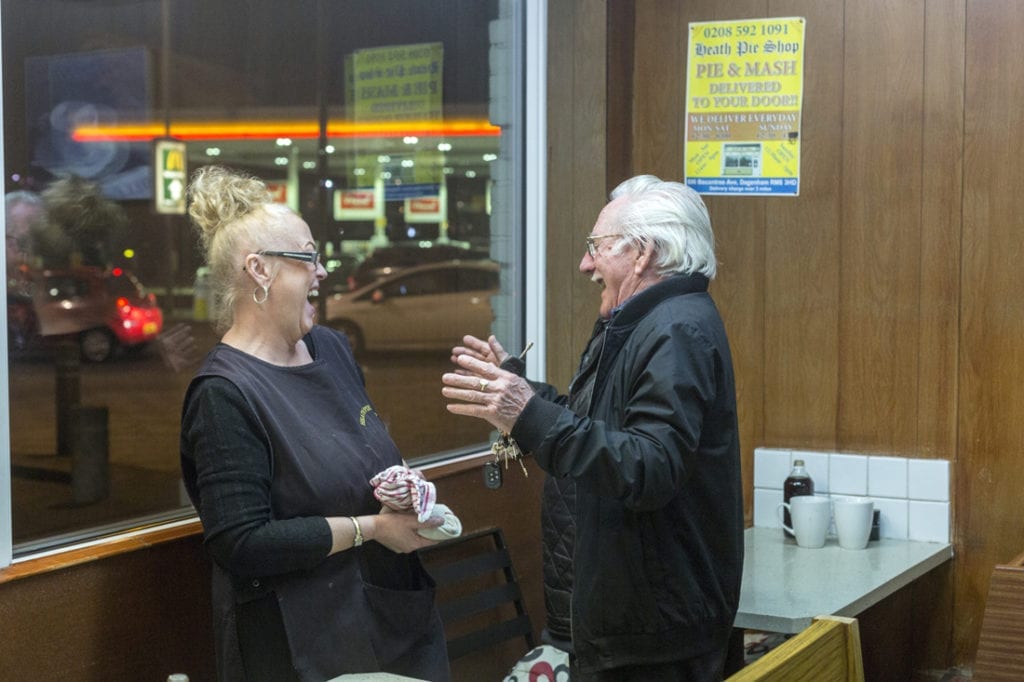
“Dewi is very generous, and fronted some of the costs, but The Palaces of Memory required some seed money. I thought he worked out a fair price, and [as] I’m not independently wealthy, crowdfunding was the only route I could take.”
Working with an established publisher such as Dewi Lewis offers great support and distribution, says Freedman, adding that “we’re quite critical of publishers but they’re not having the best of times either”, alluding to the challenges of making a sustainable living from publishing.
But Freedman warns that embarking on a Kickstarter campaign is not a decision to be taken lightly. In fact, he advises not to do one unless you’ve thoroughly researched beforehand, including reading about other people’s experiences and speaking to those who have done it.
Other photographers echo his cautionary view include Martin Usborne of Hoxton Mini Press – who successfully used the platform to fund two of his book projects The Silence of Dogs in Cars and Where Hunting Dogs Rest, published by Kehrer Verlag. Although the obvious benefits of crowdfunding (outside of money) are reach and exposure, it can be time-consuming to run a campaign, says Usborne, who warns photographers not to underestimate the effort needed to manage international orders and fulfill promises made to backers.
“Kickstarter was essential for launching my books as not only did it raise funds but it also, and this is the bit people forget, raised a ‘crowd’,” says Usborne. “Having a group of people to support you and spread the word is not only great for the particular project you are working on but also for future projects…
“[But] managing a campaign is a part-time job. There’s a week of solid work beforehand, planning the social media support and PR, and then during the campaign a constant need to keep this vulnerable patient alive.”

“You can’t expect goodwill and care if you exhibit none to others and I am constantly floored by the hard work, moral conduct, passion and photography of peers far and wide,” he adds “So many Kickstarter photobook campaigns fail because [people] go into it with just an idea and little or no content. Many are vanity projects, ego-led, and quite often have already been made into books, or are style over substance.”
Swanson agrees that the more you put in, the more you are likely to get from crowdfunding, although she too utters a word of warning. “I have a very cautionary attitude towards crowdfunding not least of which is – if you don’t have a succinct mailing list, don’t count on Kickstarter or any of the other versions to be successful for you. You have to have your fan-base where you know you can reach them.”
It’s also a case of looking carefully at the figures, says Usborne – and then looking at them again. “Don’t underestimate the costs of packing and posting your book all over the world – use a fulfillment house if you can – and remember that most crowdfunding platforms scoop a certain amount off the top as do the credit card [companies]…
“I worked on the assumption that I would be left with 70% of total raised funds to spend on the book’s production. Remember that all crowdfunding campaigns go through a dip in the middle, starting off well and ending well,” he adds. “In the middle you panic. It’s normal.”
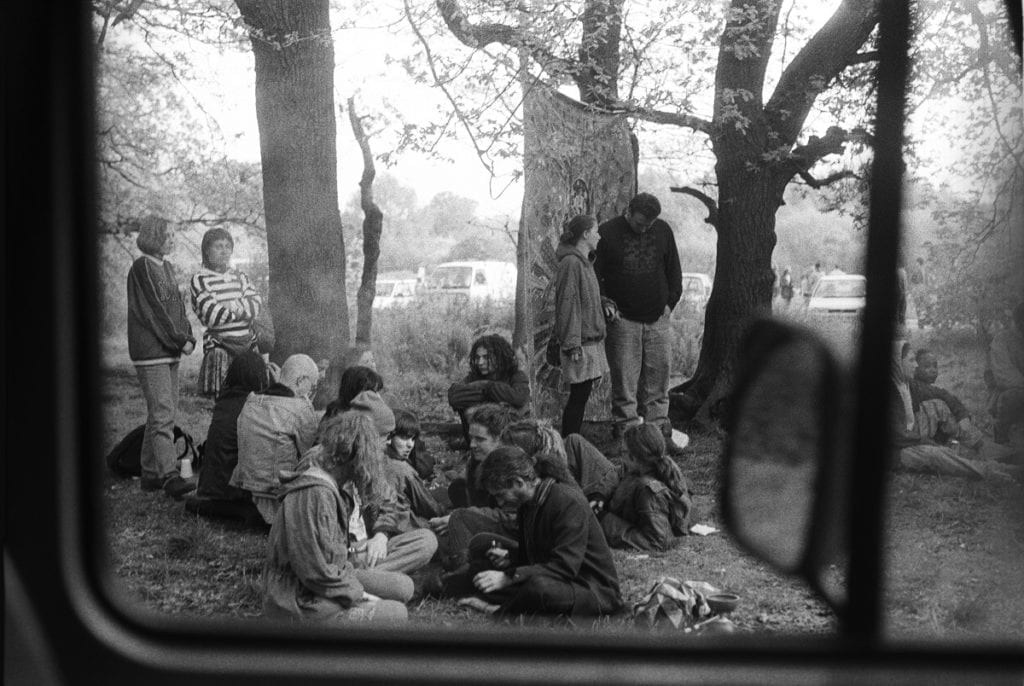
He agrees that carefully costing your project is crucial. “We would definitely look at costing the project more accurately [next time] as although we hit double our target, the cost of the book production itself still remained very close to the final amount received from our backers,” he says.
He also advises ensuring your photography project is press-worthy and topical if you’re looking for editorial support. “It’s important to create a strong press pack of images and a press release that raises questions and debate while reinforcing the reasons why your project needs to be funded right now.”
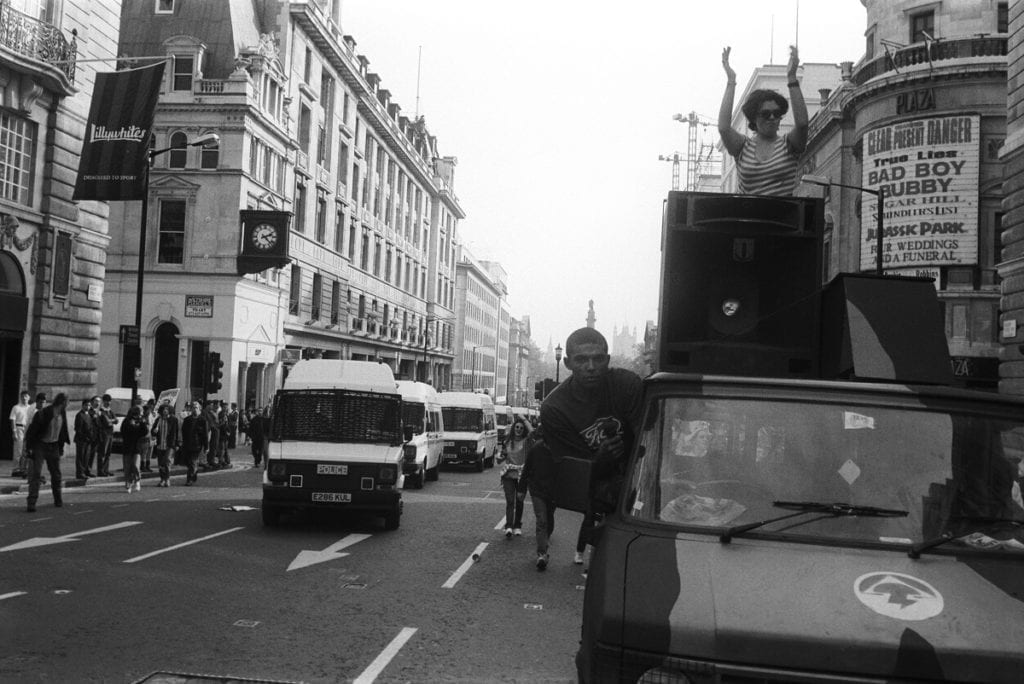
“One: they often tell a compelling and visually engaging story — photographers should use this to their advantage. Kickstarter is an inherently visual platform and photographers should use their talents to tell their story through attention-grabbing imagery. Two: the creator articulates clearly and sincerely what they’re trying to bring to life and how people can join them on that journey. Three: they offer thoughtfully-crafted rewards that draw backers more closely into the creative process.”
It’s also worth thinking carefully about your print run, not only in terms of how many books you can afford to make, but to ensure you will have enough leftover to sell through your website or distribute to bookshops after you’ve sent out the Kickstarter rewards. Researching where you can place your book is key.
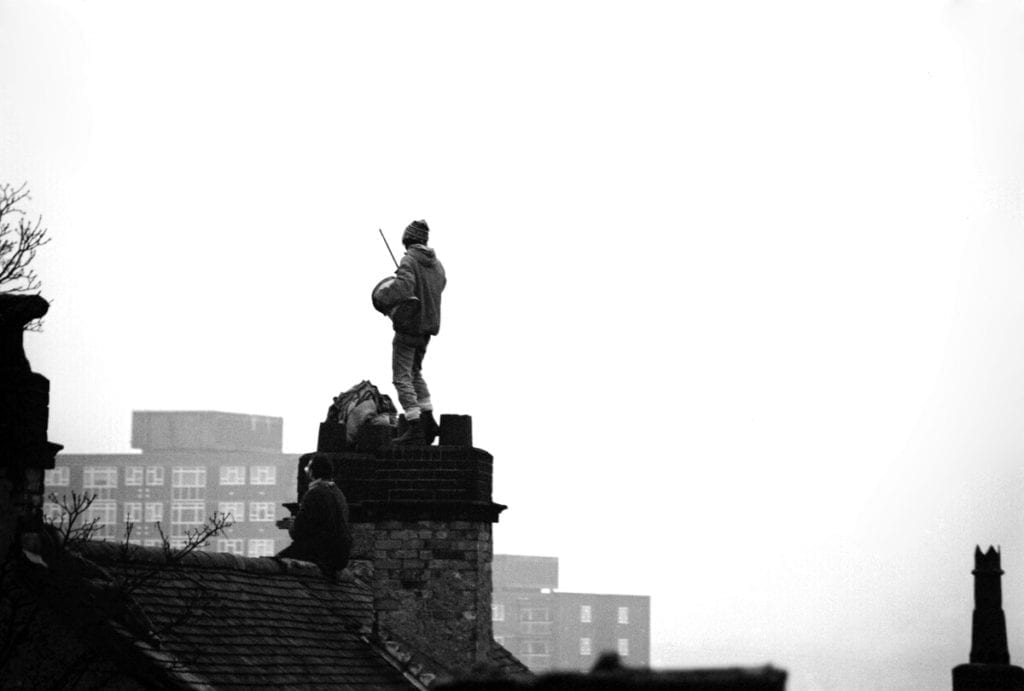
If they have distribution, check if you can also sell your book out of the boot of your car or at personal appearances, or if you would be competing with their distributor. People assume that when the publisher gives them their however many books for ‘X’ amount of money they can sell them on their website or wherever, but they may not [be able to].”
Ultimately her advice is to think before you dive in. “Don’t enter into a publishing project until you know exactly what it is [you’re creating]. It’s incredibly time-consuming and often requires financial investment; it has to move your career forward.”
Have you got a project you’d like to turn into a photobook? Bob Books are inviting photographers to submit projects for the chance to have your work printed as a limited edition, bespoke photobook. The winning photobook and photographer will be featured on BJP-Online and across BJP’s social media channels. It’s free to enter, and the competition is open to photographers from all territories.
The competition is closing soon, so find out how to enter here!
